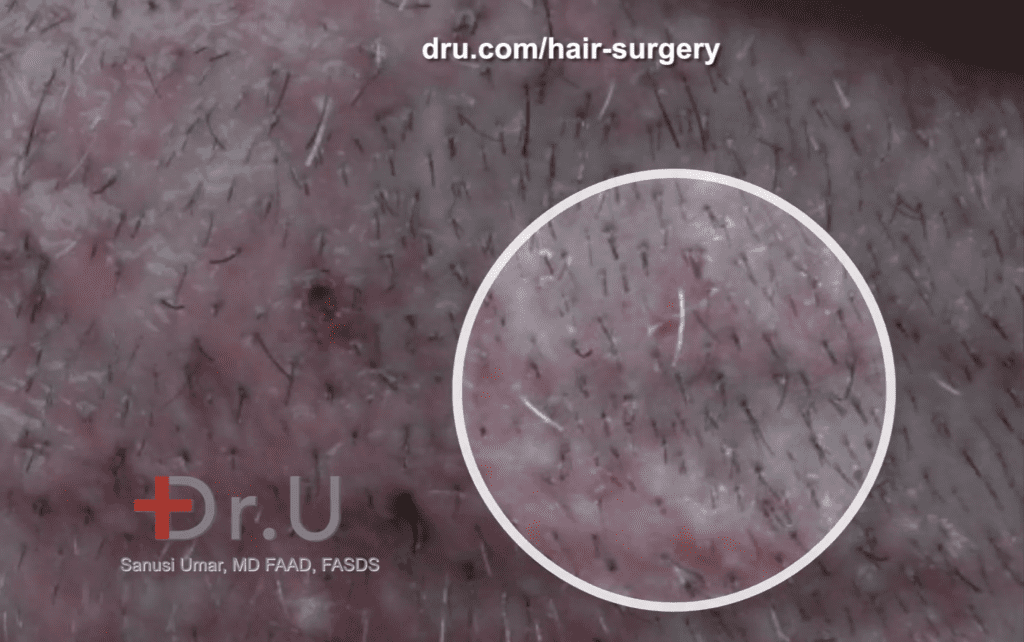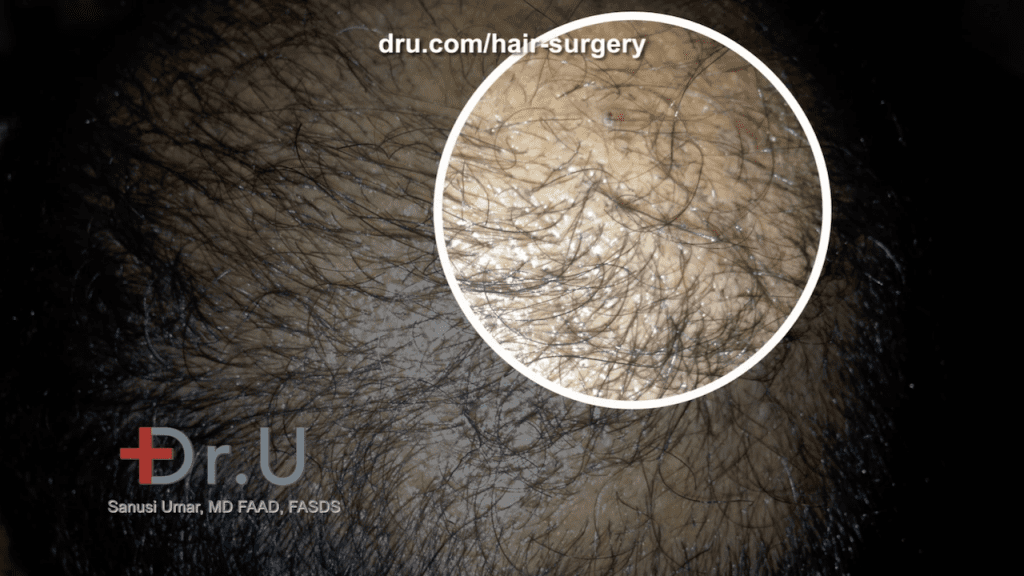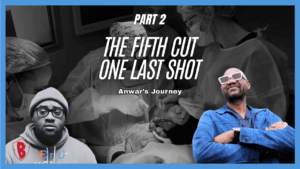Article Update:
As FUE Hair Transplantation has advanced these past few years, acne or pimples have been commonly seen among hair transplant patients after hair transplant surgery. Although not all hair transplant patients have acne after hair transplantation, many hair transplant patient does, with acne lasting up to 4-5 months. At times, acne post hair transplant surgery only last 1 or 2 weeks, or 1-2 months, but this varies from patient to patient. In whatever case, it is not recommended to pop these pimples, as explained further below.
It is pretty normal to notice pimples after a hair transplant. However, these are not the same as acne. In the case of ordinary or androgenic acne, dirt or skin cell debris (from the pore-lining) blocks the skin pore opening, causing a buildup of oil beneath the surface.
VIDEO: Why Pimples May Appear After a Hair Transplant
Why am I seeing pimples on my head after hair transplant?
Some patients are alarmed to find newly developed bumps on their scalp following their hair transplant procedure. Dr. U answers the question of why these oc…
Reasons Why Pimples After a Hair Transplant May Form
In this video, Dr. Umar explains that bumps after a hair transplant develop as a result of two issues in the grafted area:
- Folliculitis, or inflammation of the hair follicle
- Ingrown hair formation
Also, pimples may form in the original donor area. After using an FUE punch to remove the hair follicle, the sebaceous gland may remain in the skin, only to be attacked by the body, which perceives it as a foreign threat. The gland may be pushed upwards towards the surface to form a raised acne-like bump.
Causes of Folliculitis Pimples After Surgery
Folliculitis bumps after a hair restoration procedure usually result from infection caused by fungi or bacteria. The most common microbial cause is the staph (staphylococcus) bacteria. Hair follicles can become blocked or infected, causing redness and raised bumps above the skin.
Folliculitis may also arise from ingrown hair, which is then attacked by the immune system, resulting in raised red bumps. The new hair growth may trigger inflammatory reactions a few months after a hair transplant.
Hair Transplant Acne at the Recipient Area
At about 3 months following a hair transplant surgery, new hair shafts will start to grow and emerge upwards. When they contact the skin above, the hair can trigger irritation and inflammation—the swelling forms what looks like pimples after a hair transplant. In a way, bumps after a hair transplant are a very positive sign, indicating that new growth is on its way.
On the other hand, bumps may form if the sebaceous glands attached to the hair follicle continue to release the oil, producing cysts.

Ingrown Hair After a Hair Transplant
Resistance from the skin may cause the hair to curl downward. And this forms ingrown hair. The ingrown hair may cause inflammation in the skin or the hair follicle. This is another way pimples after a hair transplant can form.
Never Pop Hair Transplant Pimples
One or two bumps should resolve on their own. If you notice a much larger number of pimples after a hair transplant, don’t try to pop them. This can result in further inflammation and more significant complications. Instead, report the issue to your surgeon.
Your hair transplant doctor may prescribe medication to reduce the inflammation. Or they may surgically remove them.
Ultimately the proper treatment will target the specific cause responsible for forming the hair transplant acne, particularly in the recipient area.

Not Everyone Will See Bumps After a Hair Transplant Procedure
The formation of small pimple-like structures is a relatively common occurrence. But not all patients will experience this. If you don’t see bumps forming by about the third month, this doesn’t mean that your hair is failing to grow!
Although new signs of growth after a hair restoration surgery typically emerge by the third or fourth month, some people may notice new hair formation as late as 9 to 12 months after their procedure.
If you are interested in speaking to Dr. Umar about undergoing hair restoration surgery, sign up for a complimentary consultation.




